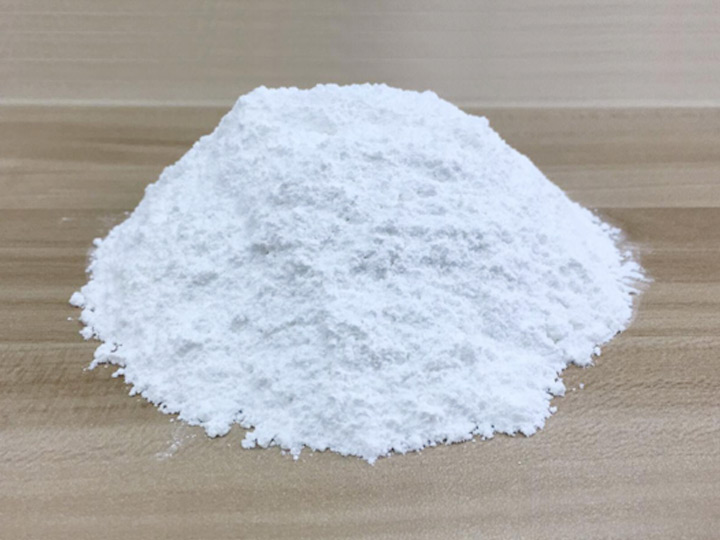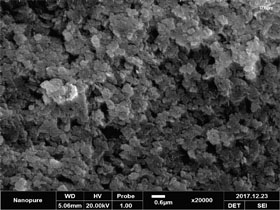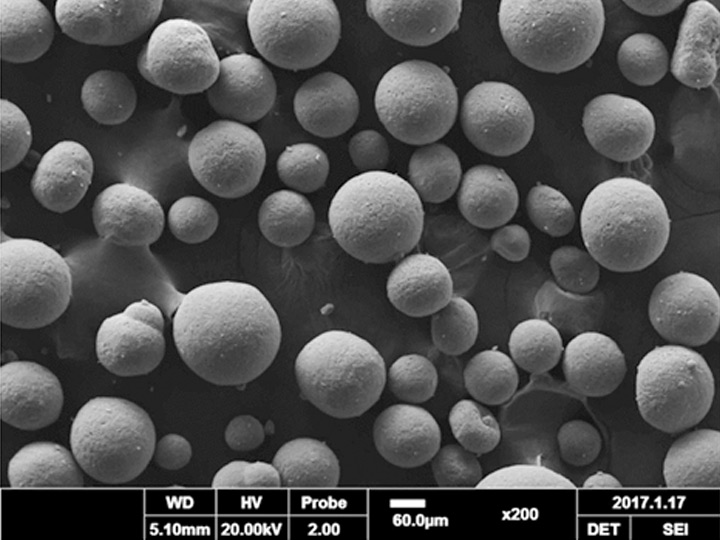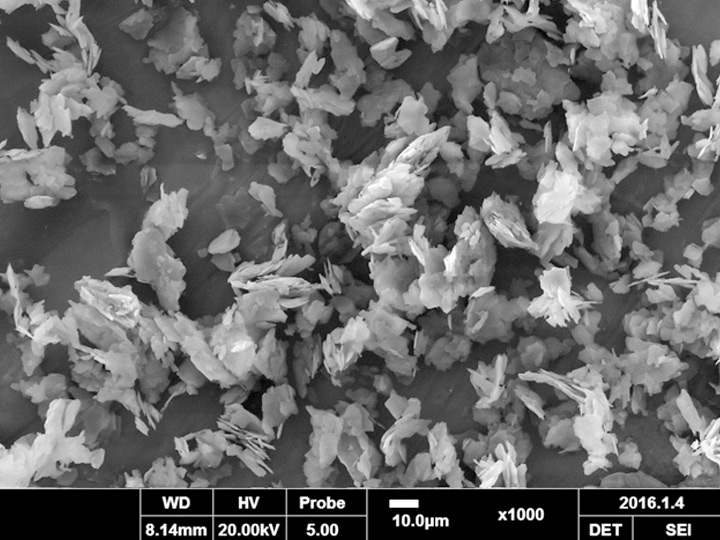Wafer-scale single-crystal hexagonal boron nitride monolayers on Cu (111)
Sources:nanopure | Release date:
2020-09-24
| Browsing volume:
Key words:Wafer-scale single-crystal hexagonal boron nitride monolayers on Cu (111)
Abstract
Ultrathin two-dimensional (2D) semiconducting layered materials offer great potential for extending Moore’s law of the number of transistors in an integrated circuit1. One key challenge with 2D semiconductors is to avoid the formation of charge scattering and trap sites from adjacent dielectrics. An insulating van der Waals layer of hexagonal boron nitride (hBN) provides an excellent interface dielectric, efficiently reducing charge scattering2,3. Recent studies have shown the growth of single-crystal hBN films on molten gold surfaces4 or bulk copper foils5. However, the use of molten gold is not favoured by industry, owing to its high cost, cross-contamination and potential issues of process control and scalability. Copper foils might be suitable for roll-to-roll processes, but are unlikely to be compatible with advanced microelectronic fabrication on wafers. Thus, a reliable way of growing single-crystal hBN films directly on wafers would contribute to the broad adoption of 2D layered materials in industry. Previous attempts to grow hBN monolayers on Cu (111) metals have failed to achieve mono-orientation, resulting in unwanted grain boundaries when the layers merge into films6,7. Growing single-crystal hBN on such high-symmetry surface planes as Cu (111)5,8 is widely believed to be impossible, even in theory. Nonetheless, here we report the successful epitaxial growth of single-crystal hBN monolayers on a Cu (111) thin film across a two-inch c-plane sapphire wafer. This surprising result is corroborated by our first-principles calculations, suggesting that the epitaxial growth is enhanced by lateral docking of hBN to Cu (111) steps, ensuring the mono-orientation of hBN monolayers. The obtained single-crystal hBN, incorporated as an interface layer between molybdenum disulfide and hafnium dioxide in a bottom-gate configuration, enhanced the electrical performance of transistors. This reliable approach to producing wafer-scale single-crystal hBN paves the way to future 2D electronics.
Next:None
Relevant articles
- 2020-09-24 > Wafer-scale single-crystal hexagonal boron nitride monolayers on Cu (111)
- 2020-09-24 > Hexagonal Boron Nitride as a Multifunctional Support for Engineering Efficient Electrocatalysts toward the Oxygen Reduction Reaction
- 2020-08-21 > Boron nitride nanotubes and nanosheets
- 2020-08-21 > A comprehensive analysis of the CVD growth of boron nitride nanotubes
- 2020-06-13 > One-dimensional hexagonal boron nitride conducting channel
- 2020-06-13 > Metal-Free Modified Boron Nitride for Enhanced CO2 Capture
- 2020-06-13 > Functionalizations of boron nitride nanostructures
- 2020-06-13 > Engineering spin defects in hexagonal boron nitride
- 2020-06-13 > Grain Dependent Growth of Bright Quantum Emitters in Hexagonal Boron Nitride
- 2020-06-13 > Process for manufacturing boron nitride agglomerates
Related products





